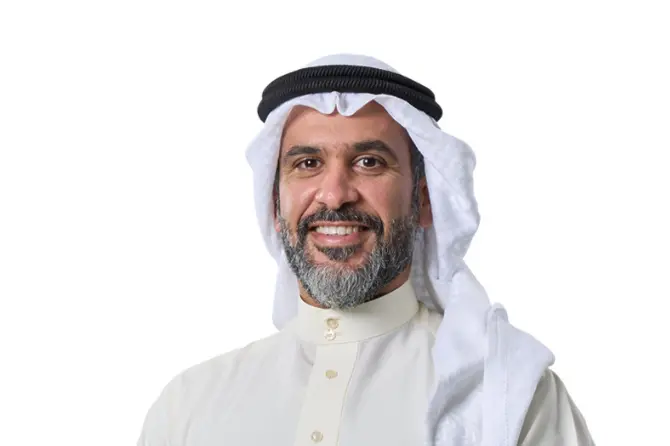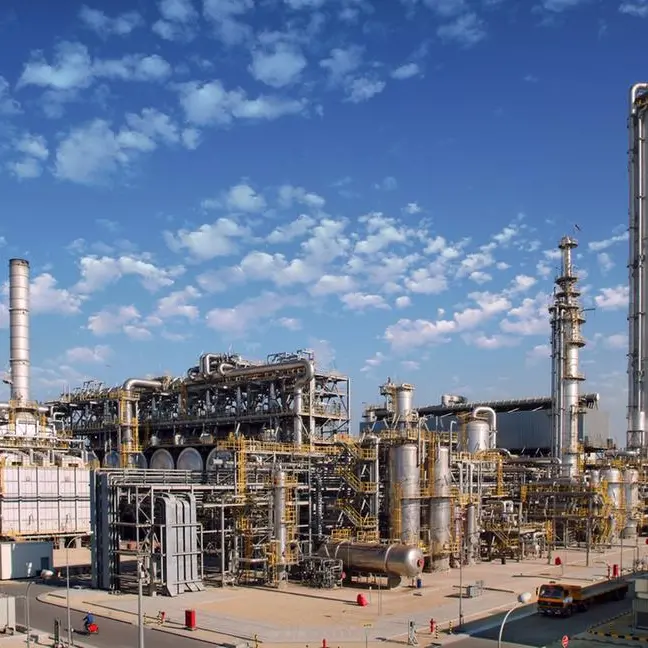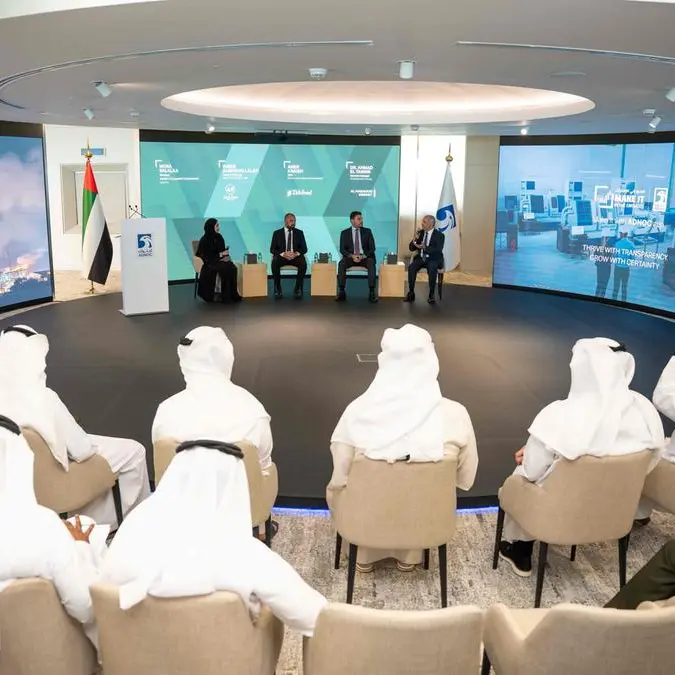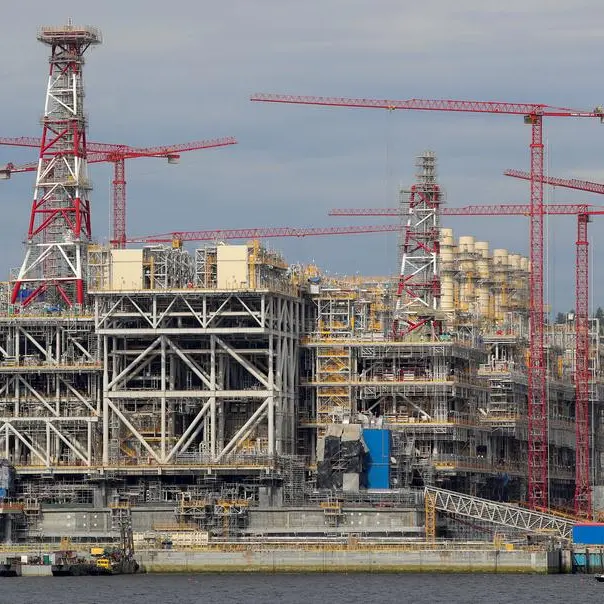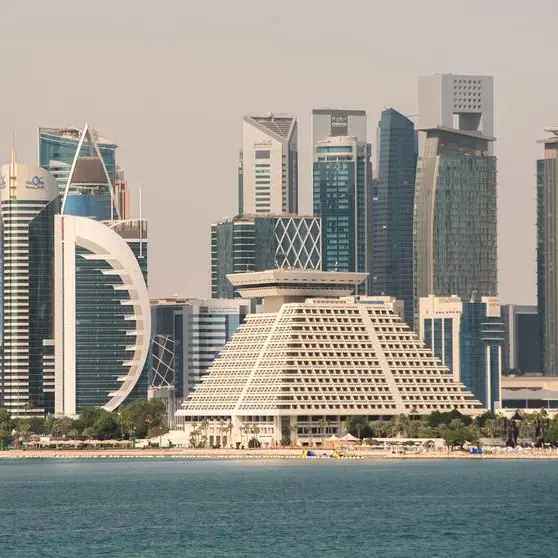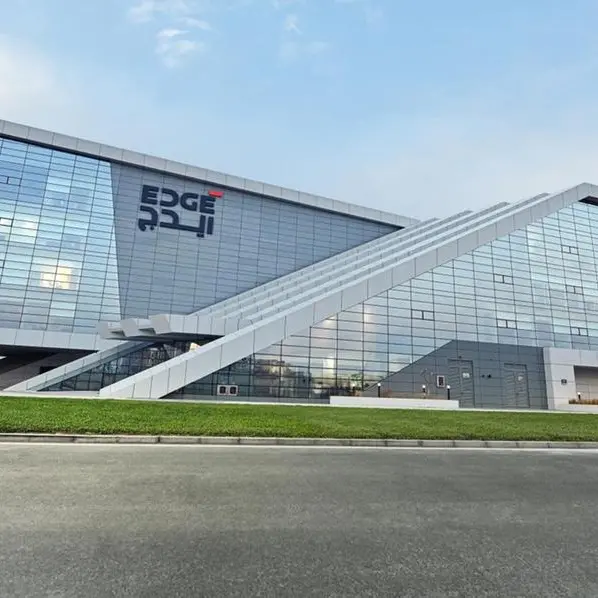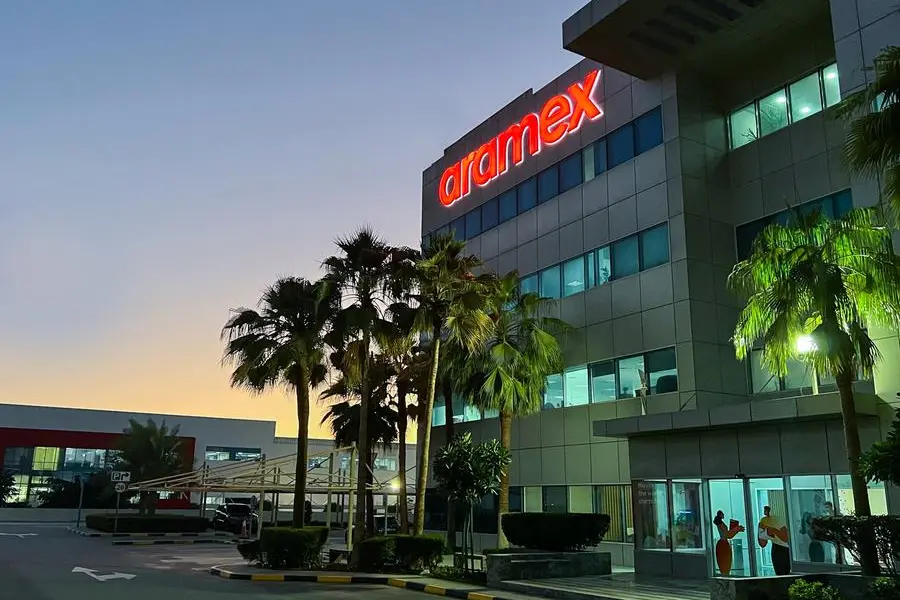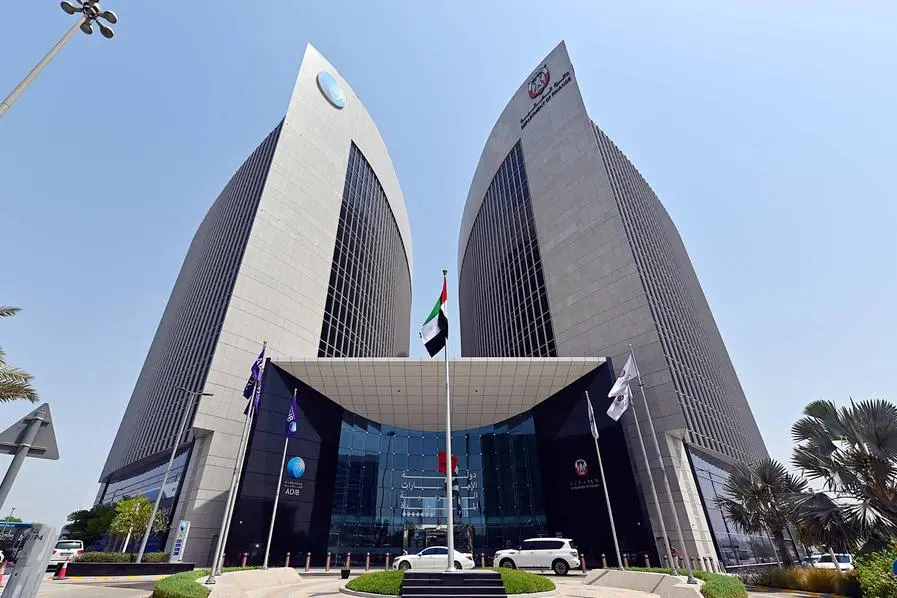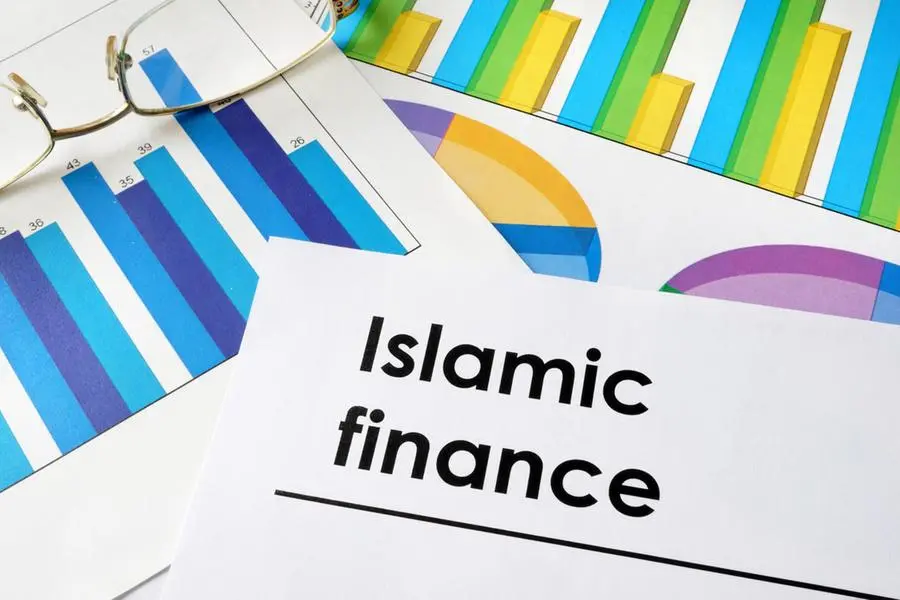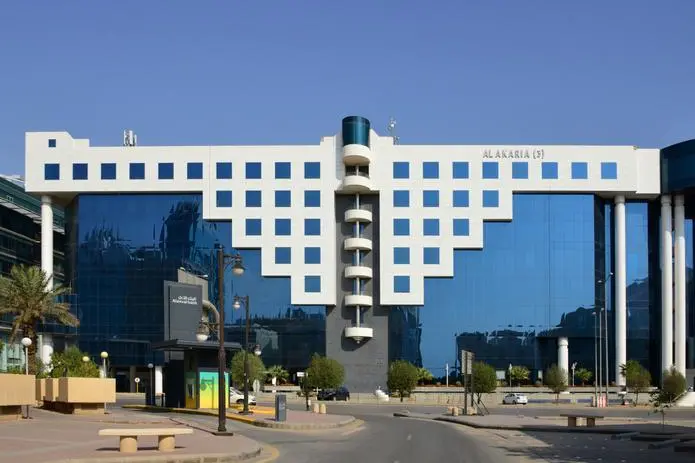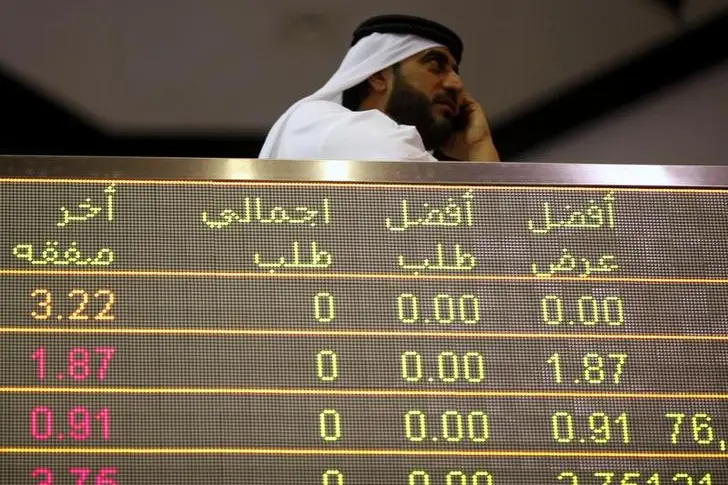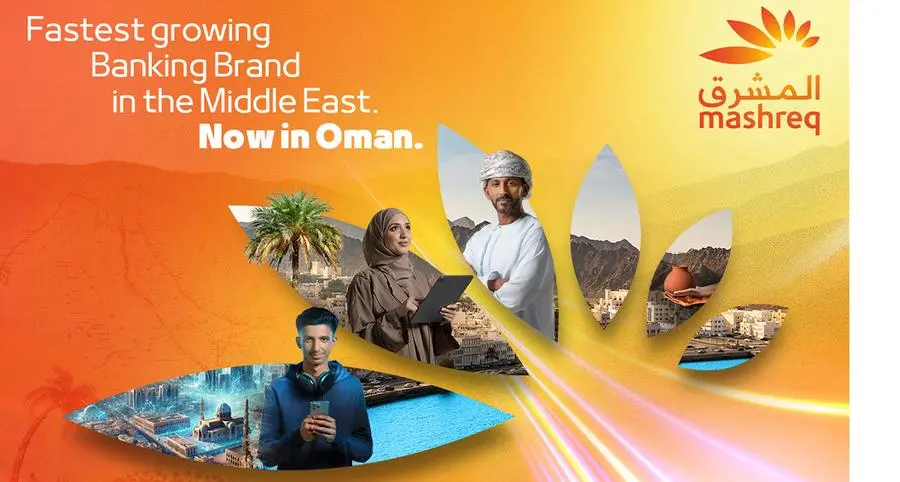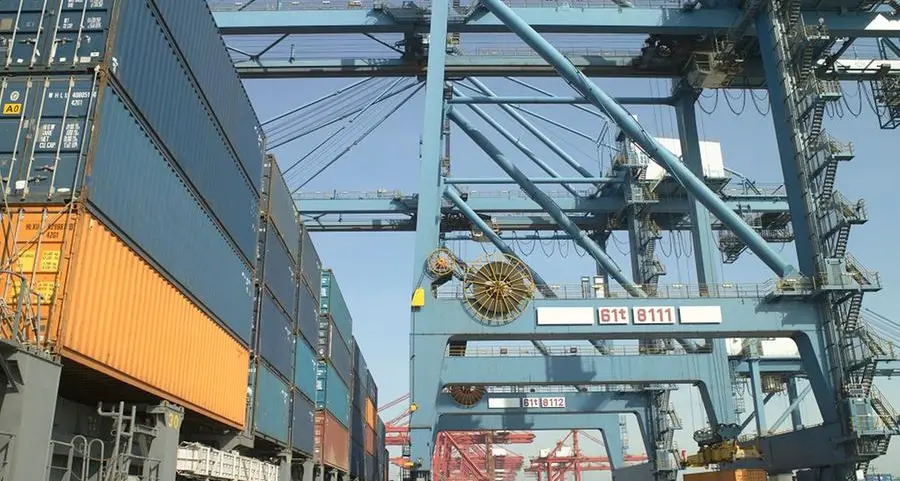PHOTO
Isa Al Khalifa, director of MENA real estate at Arcapita
Bahrain-headquartered international asset management firm Arcapita is doubling down on Saudi Arabia’s logistics and warehouse sector, which is emerging as a top asset class driven by strong macroeconomic fundamentals, government-backed initiatives, and favourable market dynamics.
Isa Al Khalifa, director of MENA real estate at Arcapita told Zawya Projects that the company’s logistics investment strategy in Saudi Arabia is driven by three key factors: market fundamentals, tenant demand, and strategic partnerships.
“We focus on assets that align with high-growth areas, including built-for-purpose logistics facilities in key industrial zones,” he said in an interview.
The firm recently partnered with King Abdullah Economic City (KAEC) as part of its broader Saudi strategy, reinforcing its focus on ESG-compliant industrial properties.
With more than $1 trillion in projects underway and government-led investment reforms, Al Khalifa noted that Saudi Arabia’s logistics sector remains one of most promising segments of the Kingdom’s real estate market.
Investor confidence is rising, he added, fueled by sustained rental growth and demand for premium logistics assets.
Excerpts from the interview:
What makes Saudi Arabia’s logistics sector attractive to institutional investors?
Occupancy rates in key logistics hubs, such as Riyadh and Jeddah, are at near-full capacity, with prime locations seeing rates of approximately 97 percent. This supply-demand imbalance is driving rental growth and investment returns.
Additionally, Saudi Arabia’s growing e-commerce market, projected to reach $44 billion by 2030, is fueling demand for modern logistics assets, particularly fulfillment centres and last-mile delivery hubs. Overall, this signals strong demand, stable cash flows, and lower vacancy risk, positively shaping investor sentiment.
From a financial standpoint, the stability of the Saudi riyal, supportive monetary policy, and a strong lending environment provide an attractive setting for institutional investors seeking stable, long-term returns.
Are there specific sub-sectors — such as last-mile delivery hubs or cold storage — that present the most promising returns?
Among the most promising sub-sectors, urban distribution centres and cold storage and temperature-controlled warehousing stand out. The rapid expansion of e-commerce is increasing demand for urban distribution facilities, particularly in Riyadh and Jeddah, where proximity to city centres is essential.
Cold storage and temperature-controlled warehousing, on the other hand, are benefiting from growth in the food and pharmaceutical industries, with demand far outpacing supply. These specialised logistics assets offer attractive returns, given their critical role in the supply chain and the limited availability of high-quality facilities.
Additionally, we emphasise a development-focused strategy, working closely with local partners who have deep market knowledge. This ensures that it not only identifies the right locations but also delivers assets that meet international standards while navigating local regulatory frameworks.
Given rising land costs and construction expenses, how is financing structured for logistics developments in Saudi Arabia?
Financing for logistics developments in Saudi Arabia is structured through a mix of debt financing, joint ventures, and fund-based investment models. Saudi banks have shown a strong appetite for real estate lending while the central bank’s stable monetary policy and a gradual easing of interest rates are creating a conducive environment for structured financing.
Many institutional investors, including us, have adopted a hybrid approach — leveraging a combination of equity and debt financing to optimise returns while managing risk. Joint ventures with local developers and government-backed entities provide access to strategic land parcels and financial incentives.
Innovative funding structures, such as logistics-specific funds, have also gained traction. For example, we recently closed a fund in Saudi Arabia, which is dedicated to developing a pipeline of warehousing assets in high-demand areas. These models allow investors to pool capital, mitigate risks, and capitalise on Saudi Arabia’s long-term logistics growth story.
How does Saudi Arabia’s logistics investment landscape compare to the UAE or other Gulf markets?
While the UAE has long been a dominant player in the Gulf’s logistics sector, Saudi Arabia presents a unique and increasingly compelling investment opportunity. The Kingdom’s logistics sector is in a high-growth phase, supported by Vision 2030’s national strategy to develop it into a global logistics hub.
One of Saudi Arabia’s major advantages is its sheer scale — it is the largest economy in the region, with a young and growing consumer base fueling e-commerce expansion. The Kingdom’s strategic location along key global trade routes, handling 12 percent of global container trade, further enhances its logistics appeal.
While the UAE remains a critical logistics hub with advanced infrastructure, Saudi Arabia’s combination of strong demand, government-backed incentives, and a rapidly expanding logistics network positions it as a high-growth, high-potential investment destination.
What’s the strategy behind Arcapita’s KAEC partnership?
KAEC’s Industrial Valley serves as a key economic hub, benefiting from strong connectivity to domestic and international trade routes. This collaboration underscores our commitment to delivering high-quality, ESG-compliant industrial properties.
Our operating model for this initiative follows Arcapita’s established investment framework — leveraging institutional capital through dedicated logistics funds, complemented by project-specific debt financing.
Through structured investment vehicles, we optimize capital deployment while managing risk exposure linked to land acquisition and construction costs. This enables us to develop state-of-the-art warehousing facilities tailored to the needs of blue-chip tenants, ensuring strong demand and sustained rental growth.
By collaborating with KAEC, Arcapita is strengthening its role in Saudi Arabia’s industrial and supply chain transformation. This partnership not only expands our portfolio of flagship logistics assets but also reinforces our commitment to sustainability and innovation in the region’s growing industrial ecosystem.
(Reporting by SA Kader; Editing by Anoop Menon)
(anoop.menon@lseg.com)
Subscribe to our Projects' PULSE newsletter that brings you trustworthy news, updates and insights on project activities, developments, and partnerships across sectors in the Middle East and Africa.
